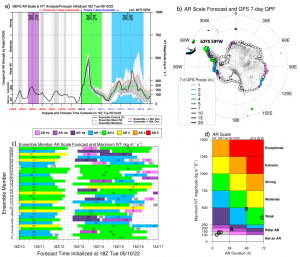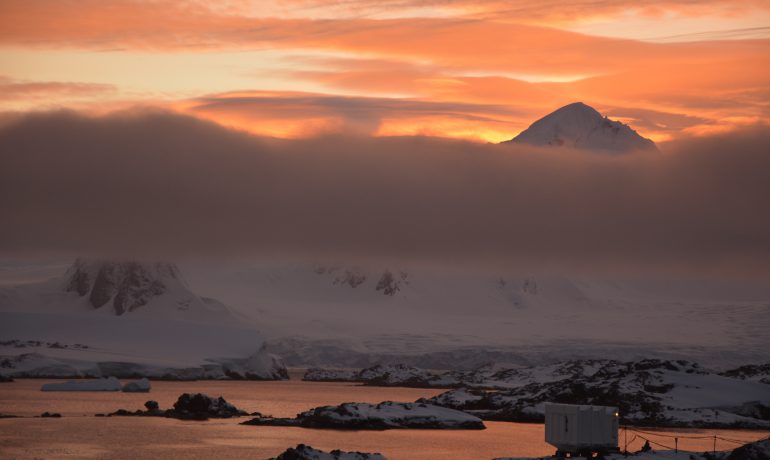Again, we are proud to share our scientific achievements with you.
The Bulletin of the American Meteorological Society (BAMS) recently published an article titled Winter Targeted Observing Periods during the Year of Polar Prediction in the Southern Hemisphere (YOPP-SH). Among authors are two Ukrainian meteorologists, scientists of the National Antarctic Scientific Center and the Ukrainian Hydrometeorological Institute Anastasiia Chyhareva and Svitlana Krakovska.
What is this article about?
It focuses on the review of the international project Year of Polar Prediction (YOPP), in which NASC in 2022. Then, at our Vernadsky station, for the first time since British times, additional radiosonde balloons were released to study the vertical profile of the atmosphere. Extensive observations focused on clouds and precipitation primarily during atmospheric river (AR) events.
We remind you that an atmospheric river (AR) is a narrow corridor or filament of concentrated moisture in the atmosphere. It is characterized by intense precipitation and significant wind speeds, so it quickly carries warm air masses and moisture from the tropics to Antarctica.
Research was coordinated with other research stations on the Antarctic Peninsula. In total, 24 Antarctic stations run by 14 nations, joined the project.
The article provides details about the participants, the cases studied, and the preliminary results.
In particular, seven Targeted Observing Periods (TOPs) during the 2022 austral winter were held. The TOPs of 5-10 days duration each featured the release of additional radiosonde balloons, more than doubling the routine sounding program over Antarctica.
Additional data enabled to refine model microphysical parameterizations, which is of very important practical significance.
In future this will improve meteorological forecast products for navigation in the Southern Ocean and for work at polar stations.
Also, expanding our understanding of cloud and precipitation formation processes can subsequently be used for forecasting models in temperate latitudes (where Ukraine is located, in particular).
It should be noted that the team of the current 29th UAE successfully continued to release radiosondes during intense precipitation. Thanks to this, meteorologists have already twice recorded the passage of atmospheric rivers, which brought with them significant warming.
We congratulate our scientists on such a significant achievement!



